This is a new project in which we ask fashion designers from around Asia about their favorite local spots and the realities of street fashion and hip hop in their countries. Let’s take a look at the up-and-coming icons from the local culture scene where highly sensitive designers gather.
The fifth installment features Linh, the brand manager and co-owner of HBS (Hanoi Boys Swag), a street brand from Hanoi, Vietnam. What do they know about starting a “street brand” in Vietnam? From tourist spots to fashion markets, we introduce you to the dope on Vietnam.
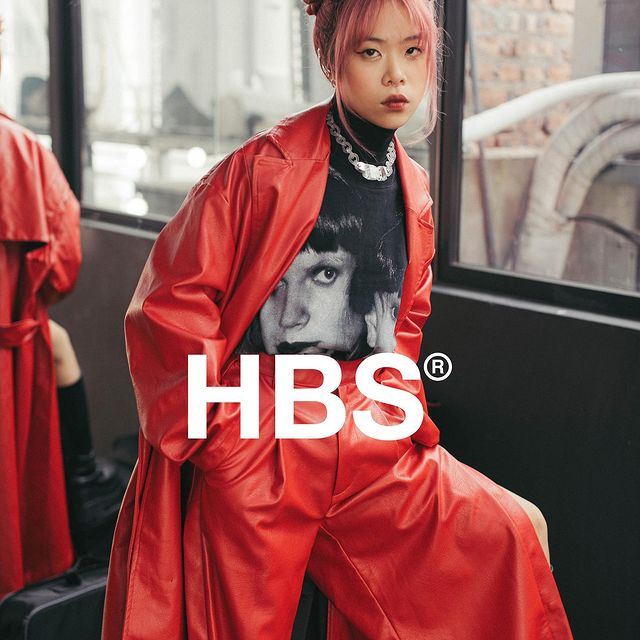
Nana : Hello! It’s been a while!
Linh : Hello! It’s been a while! How’s the corona situation in Japan?
Nana : The number of infected people is still close to the second wave… How is Vietnam?
Linh : Vietnam is fine. Almost everything is back to business as usual. But we’re still maintaining our social distance.
Nana : That’s good! I think Vietnam is still the only country in Asia that is recovering well.
Linh : A friend of mine who lives abroad is actually staying in Vietnam, and he says he doesn’t want to go back to his own country anymore.
Nana : It’s like paradise (laughs).
Linh : (laughs) I’m hoping that Tokyo will settle down soon and I can go visit them.
Nana that’s right! I’m looking forward to meeting you! This project, “Asian Street,” is a new project in which we will be asking famous designers and directors from Asia to share their perspectives on popular local spots, the streetwear market in their country, and the reality of hip hop. I’m happy to welcome Linh (co-owner of Hanoi Boys Swagg) as my guest. Can you give us a little background and overview of the brand?
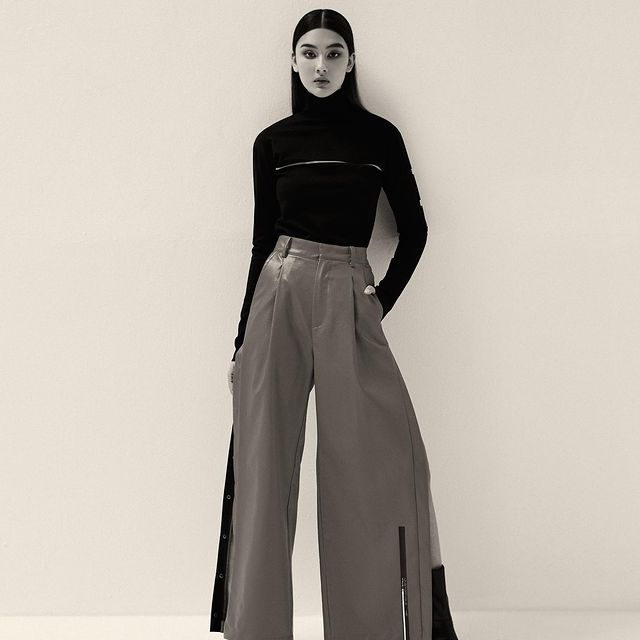
Linh : HBS was founded in 2011, not as a brand but as a team. We simply spent time as a team sharing our interests in fashion, music, and art, and in 2015 we decided to establish this group as a local brand as HBS ( Hanoi Boys Swagg = Hanoi Boys Swag).
Nana : Please tell us about your experience in the fashion industry.
Linh : HBS is currently run by myself and my husband, a fashion designer, and I work as a brand manager. We have both loved fashion since we were children and were aware that we wanted to start our own brand, but our parents were against it, so we decided to start our own brand because of their rebellious spirit. I worked at another fashion company for about 5-6 years at the same time to gain experience. Until now, HBS designs were mainly traced from American and European designs, but recently we have been incorporating Vietnamese culture into our designs. Recently, however, we have been incorporating Vietnamese culture into our designs. This is an expression of our desire to incorporate the experiences we have gained into our own style.
Nana : Do you feel that you have mixed the unique Western style of HBS with Vietnamese design?
Linh : Yes, it is. This year, we are trying to focus more on this aspect. It’s our intention to let people know about Vietnam through our designs.
Nana : Is there anything that you have struggled with as the organizer of the brand? I’m curious because until now I’ve mostly interviewed designers and haven’t had many opportunities to hear the opinions of directors.
Linh : Of course! At HBS, I am in charge of controlling the staff and managing the brand. I’ve been studying business since college, but there’s a big difference between studying and practicing. My own experience is all that matters, so I think it is important to combine other brands with my own brand to find the right answer.
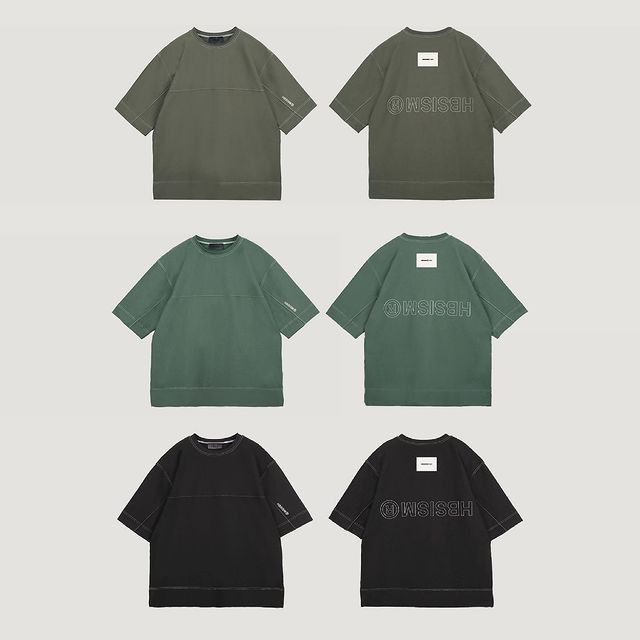
Nana : Working with two brands is also a good way to double your experience, isn’t it?
Linh : It’s a battle against your own limits.
Nana : That’s great that you’re raising your own limits! I’d also like to ask you about the culture scene in Vietnam, is there any place that you think is DOPE in Vietnam?
Linh : In Hanoi, the Old Quarter 36 Street is very famous, it’s a street with 100 years of history and each street sells different products. Also, Hanoi’s railroad is very famous. It runs through a very narrow space and they have cafes and seats on the railroad road. It’s really scary, but now it’s also a place where tourists gather.
Nana : Hanoi’s railroads are famous, aren’t they! I wonder if the reason why they keep it up is because of the tourists.
Linh : I think that the government of Hanoi is consciously trying to preserve the culture and history of the city. This is a view that cannot be seen even in Ho Chi Minh City….
Nana : When I met you before, you said that Hanoi is a “cozy” place, right?
Linh : That’s right! Ho Chi Minh City is noisy and crowded, but Hanoi has become a place where people gather for chill.
Nana : Please tell us about the future of the streetwear scene in Vietnam!
Linh : I think the streetwear style in Vietnam is changing every year without stopping. I think the streetwear style in Vietnam is changing every year without stopping, and the quality level that customers demand is also improving. Therefore, local brands are now all focusing on quality.Vietnam is still a young and emerging market, so I think we need to take the lead in advocating fashion and street style.
Also, Facebook groups are very popular in Vietnam, and fans tend to create Facebook pages together. They share their styles with each other and show which items are popular on Facebook. This is where we get our style know-how.
Nana : Do you think that customers in Vietnam tend to buy high quality items without worrying about the price?
Linh : In recent years, yes. They are spending more and more money on fashion. In the past, it was just about looks, but now they are also looking for touch and feel.
Nana : I see, considering HBS, the price is higher than other local brands. I see, considering HBS is more expensive than other local brands, but do you dare to raise the price range to have a cult-like popularity? Or is it that they dare to raise the price range to try to reach the amount of money they offer their customers?
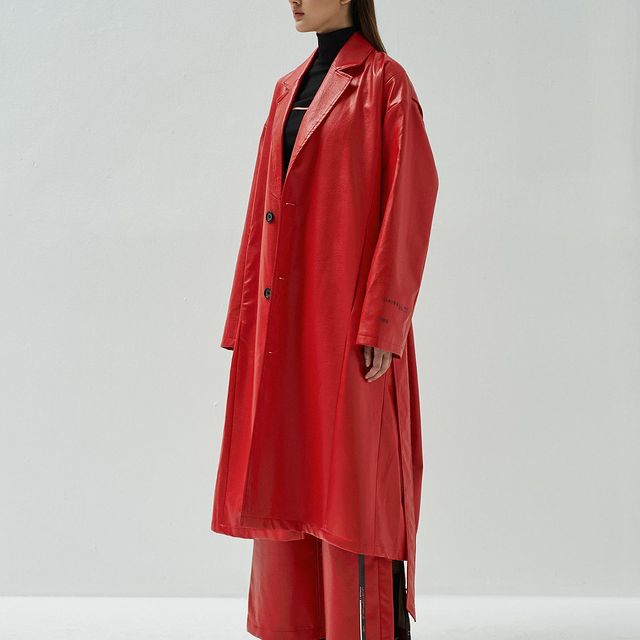
Linh : There are places where we dare to set the price range a little higher. This may be due to the fact that they are targeting 22 to 30 year olds.
I also think that the division of the line into regular line and collaboration line (high price range) is an example of a successful brand strategy. Even in Vietnam, people still want to buy limited edition items even if the price is high…. Resale is also very popular these days. Buying limited edition items and selling them at a high price is now a common practice.
Nana : Is there such a thing as a 2nd market?
Linh : Yes, there is a 2nd market, and it’s on Facebook, etc. A collection from 2-3 years ago is treated as a limited edition and is now selling for 10 times the price. In Vietnam, people use Instagram and Facebook to find out what’s “HYPE”.
Nana : HBS already seems to have succeeded in creating a cult following in that sense.
Linh : I hope that’s true.
Nana : By the way, where do people in Vietnam get their street information? In Korea, for example, brands post what influencers are wearing on their Instagram pages, which is a different approach from Japanese brands.
Linh : Vietnam is the same as Korea. In Vietnam, it’s the same as in Korea. I think the products worn by influencers are a positive indicator of trends and what’s in fashion. People buy items based on information from social networking sites where idols and celebrities are wearing them. What about Japan?
Nana : It’s close to the same in Japan, but I don’t think brands that use KOLs, etc. and brands that have a history to begin with are used by influencers.
Linh : I have a question, for example, when a Japanese brand wants to do a promo, do they spend the budget to assign a famous person or do they use a regular model?
Buying limited edition items and selling them at a high price is now a common practice.
LINH from HBS
Nana : For example, when a Japanese brand wants to do a promo, do they spend the budget to assign a famous person or use a regular model? However, street brands with a long history have connections with people in the entertainment industry, so I think they make good use of sponsors.
Linh : It’s more like a difference in the way they present their products. I get the impression that famous brands use their branding on the front, but make good use of the entertainment industry behind the scenes.
Nana : I see. In this sense, I think that Vietnam relies on influencers. It’s an essential requirement to approach the younger generation. Does the purchase of HBS items basically come mainly from Facebook?
Linh : We do approach people through Facebook, but purchases are made both on the site and on Facebook. We use Facebook in the sense of attention.
Nana : In Japan and Korea, people don’t use Facebook very much, so there is quite a difference there.
Linh ; I think that’s one of the reasons why Vietnamese people are still attributing to Facebook, because they haven’t been using Instagram at all.
Nana : I don’t know if Vietnam has a close relationship with HipHop music, but do you listen to HipHop as well?
Linh : Yes, I’m hoping to create a new environment by mixing Chil and HipHop.
Nana : I’ve heard a lot about the business side of things so far, but since you and your husband are running the company together, do you have any discussions with your partners?
Linh : That’s a long story (laughs). I can’t tell it all in this interview (laughs). (laughs) I look at the brand from a business perspective, and my partner looks at the brand from a design perspective, so the discussions are endless…. But I think it’s important to respect the other person first and listen to what they have to say.” I say “NO FIGHTING” and then I work. lol
Nana : I think it’s important to respect each other and listen to each other first. I’m learning a lot (laughs). (laughs) I guess we’re talking about psychology or philosophy of life. No matter what kind of work you do, communicating with others is the essence of work (laughs).
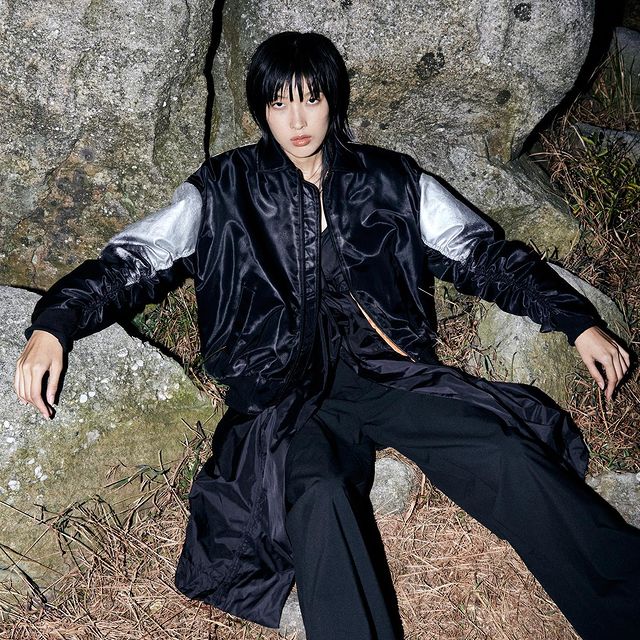








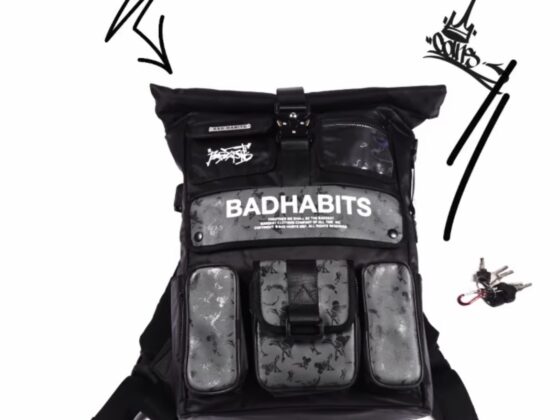

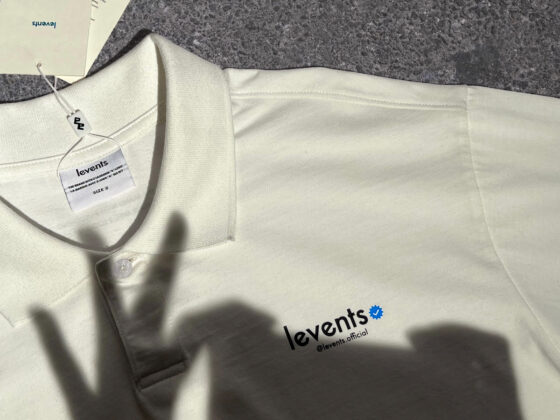
1 comment
Comments are closed.